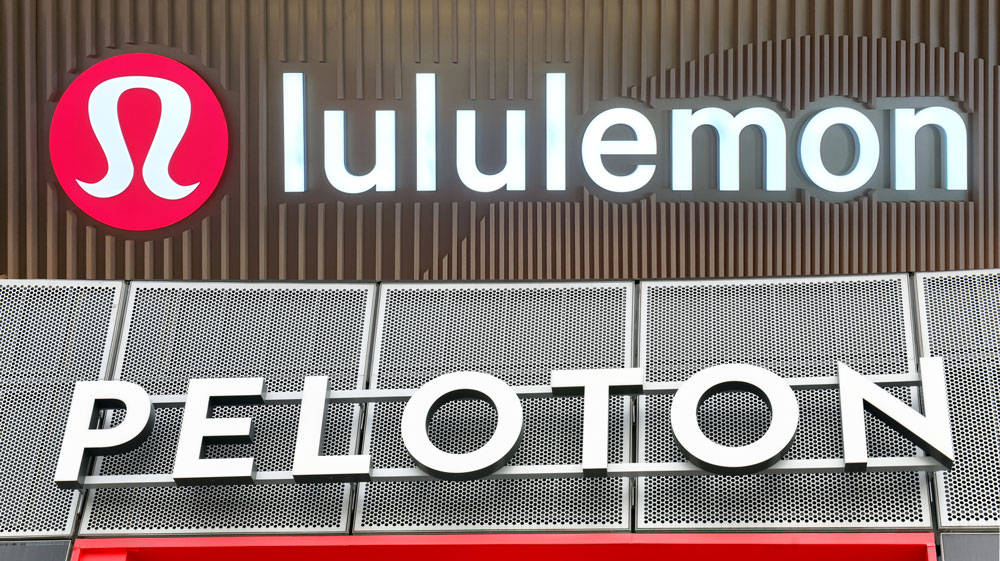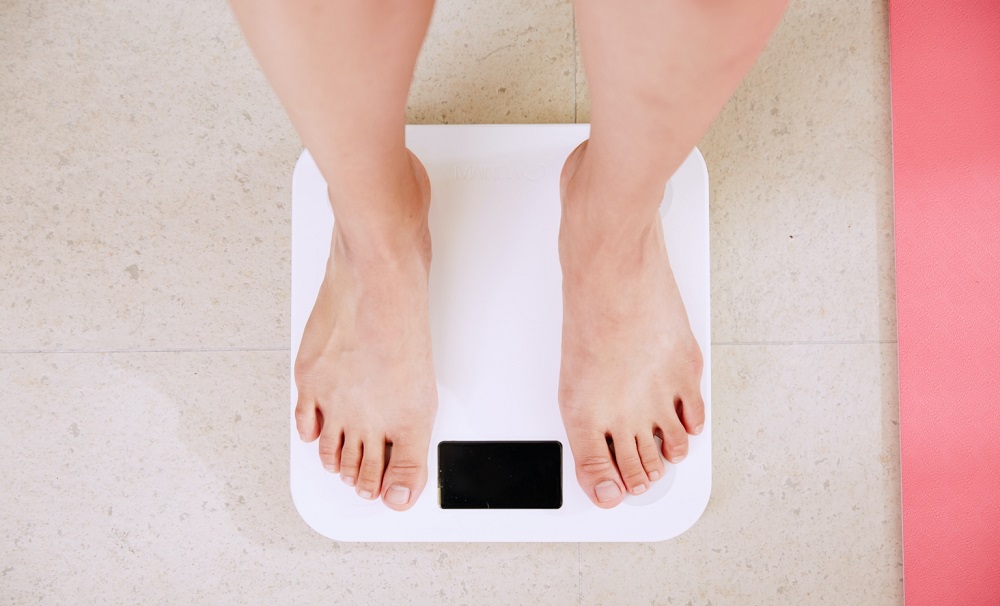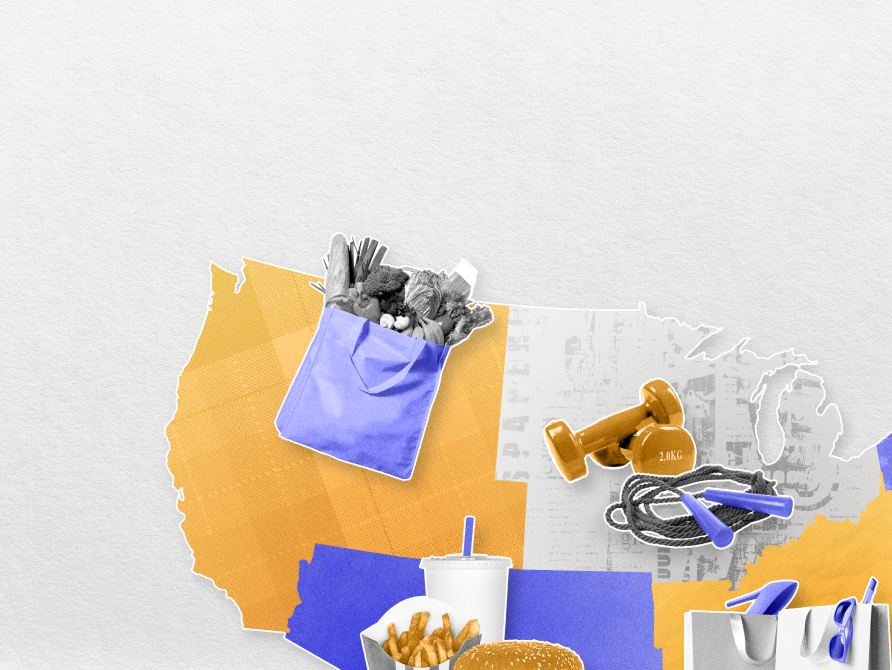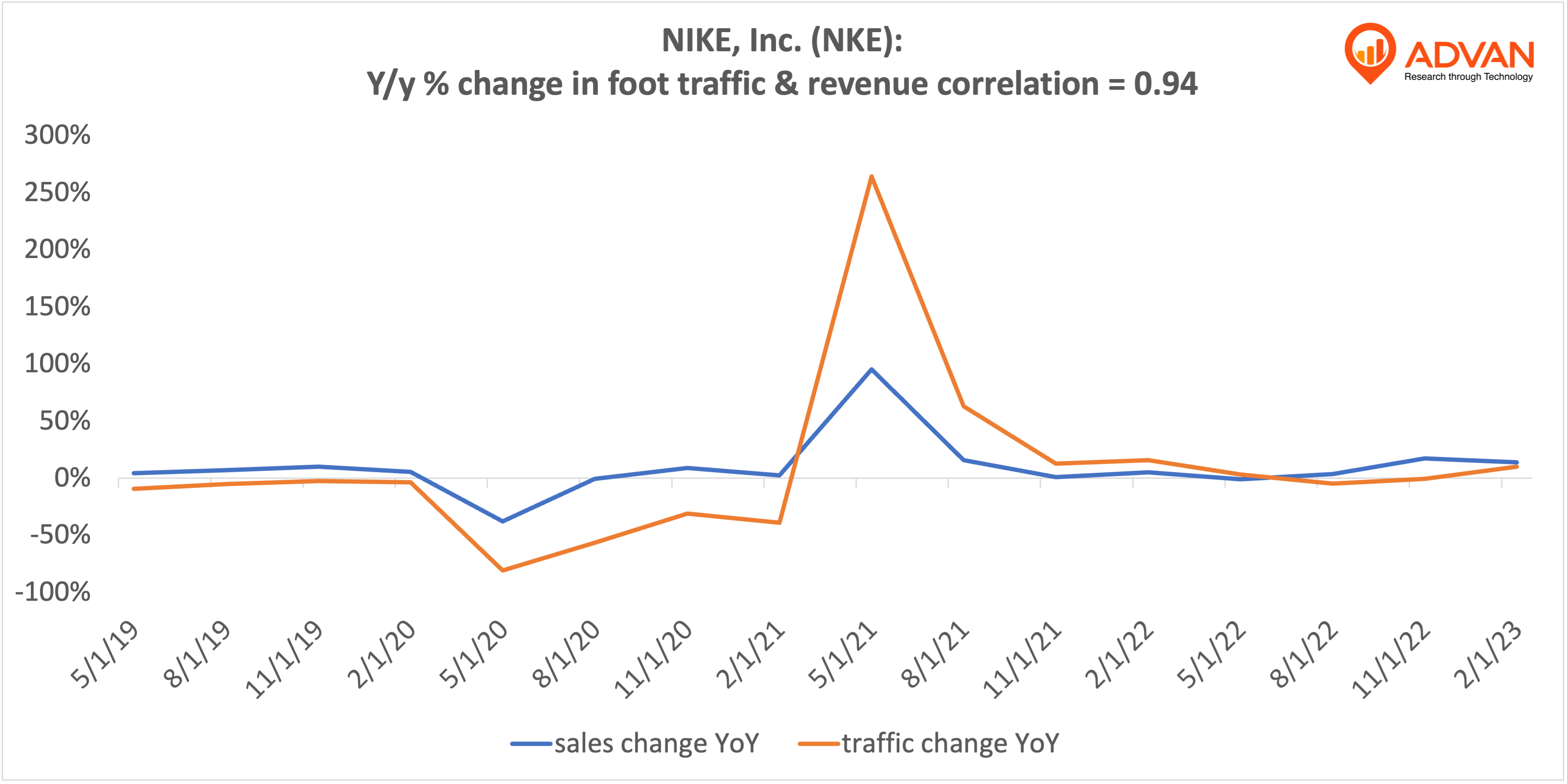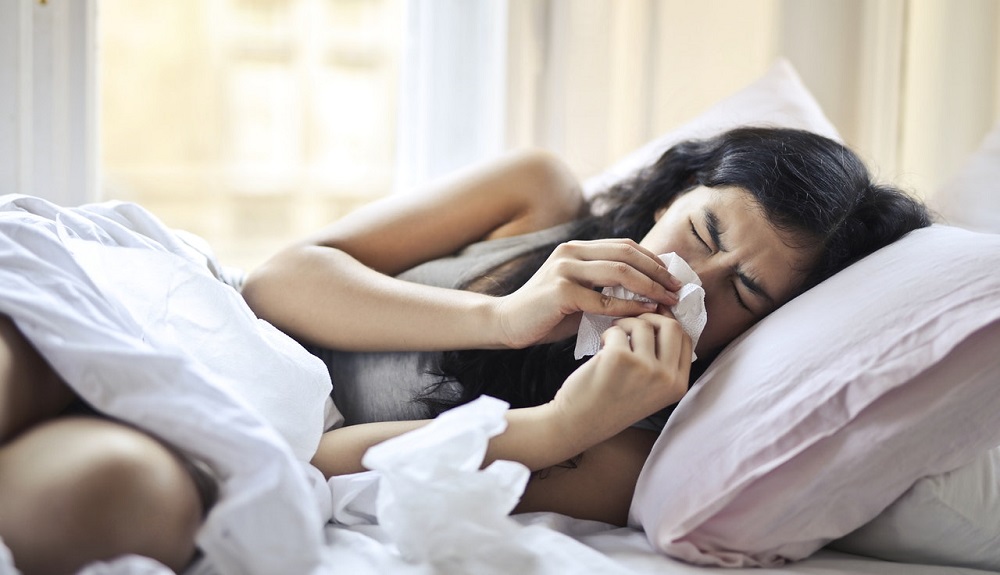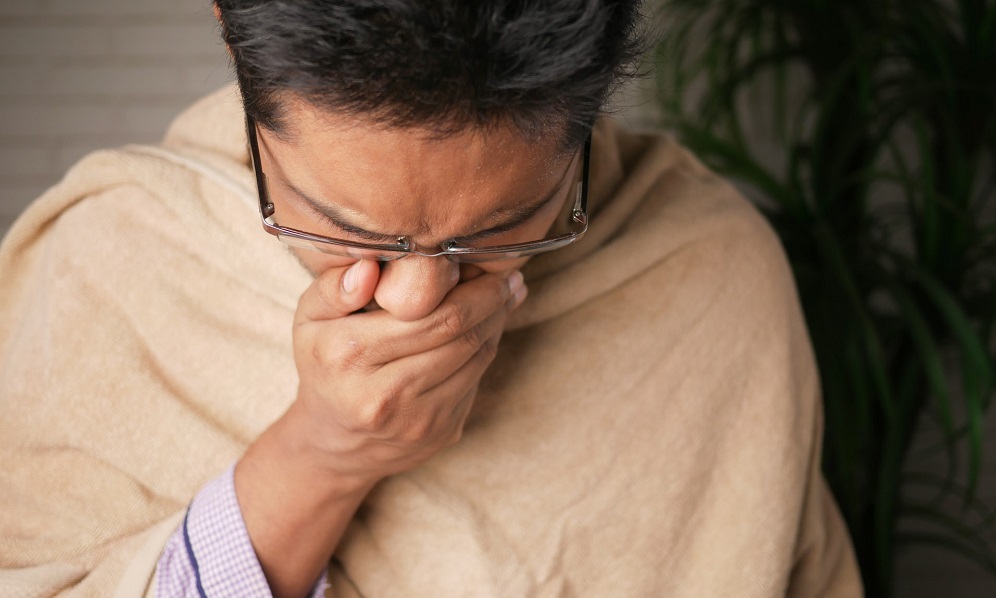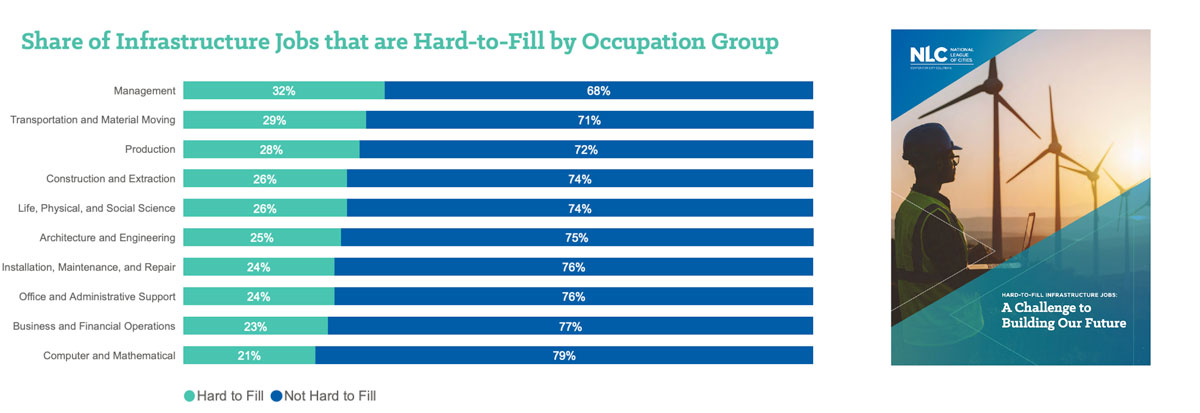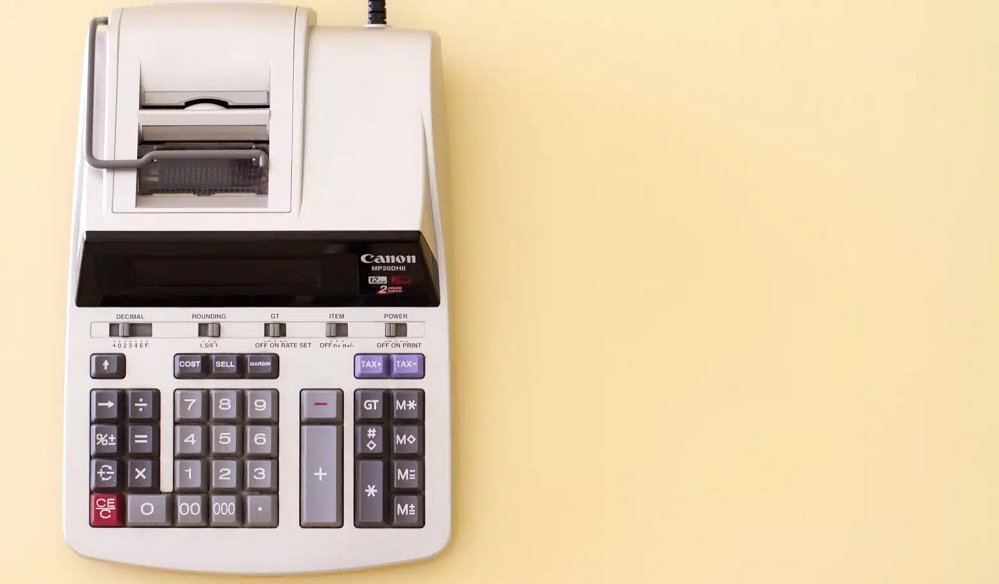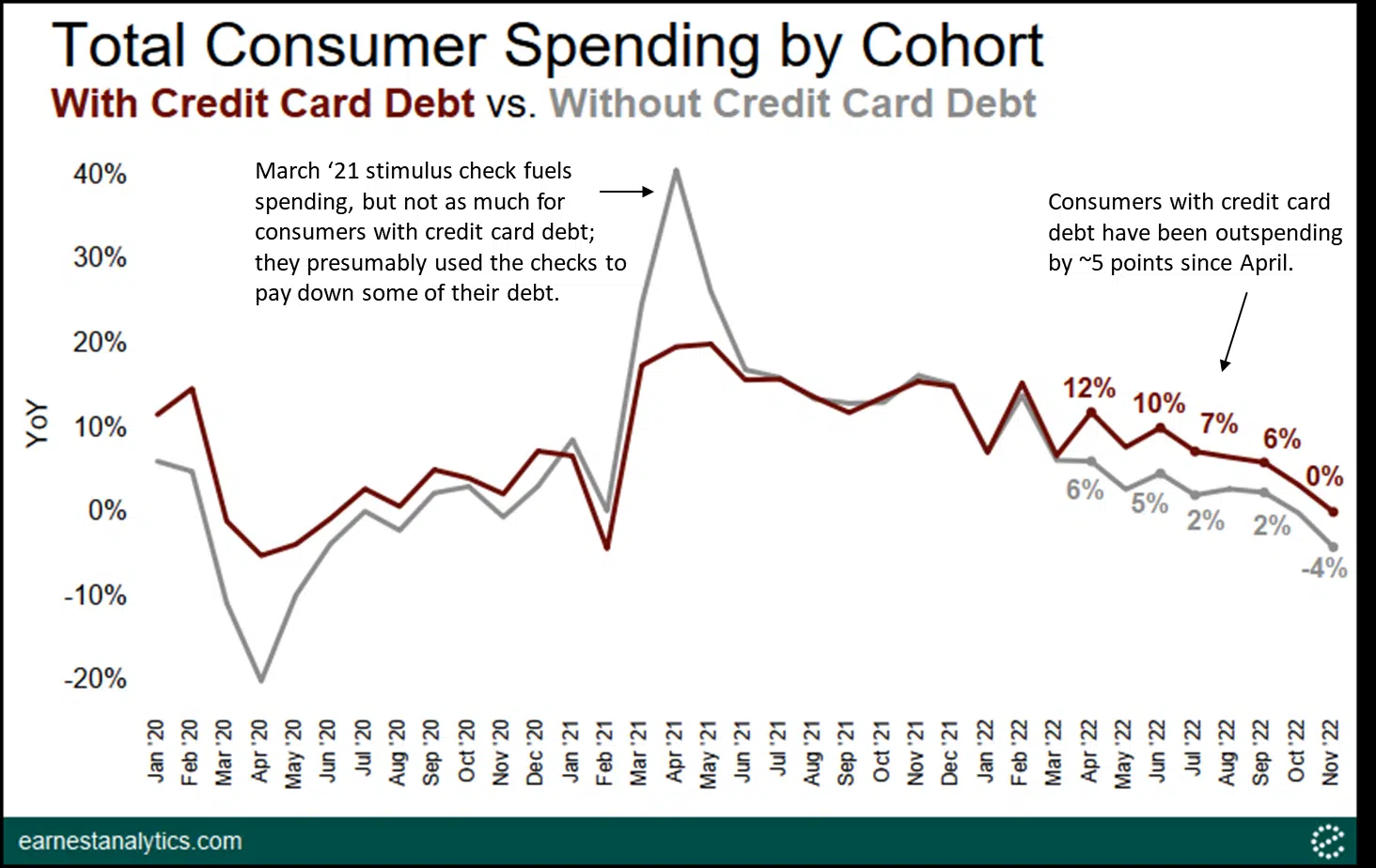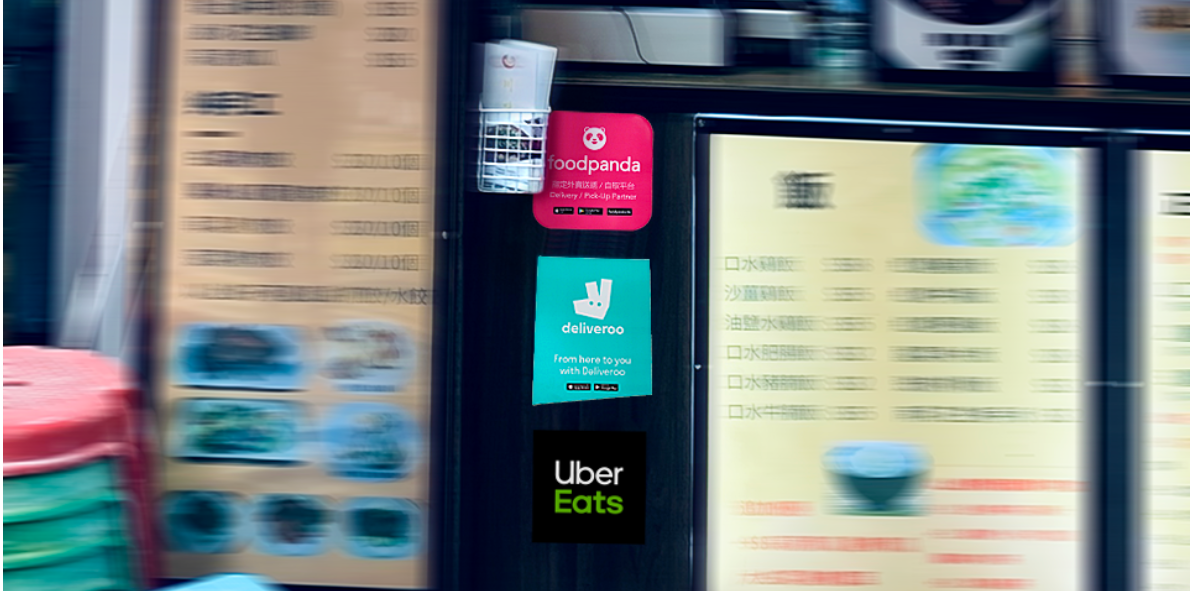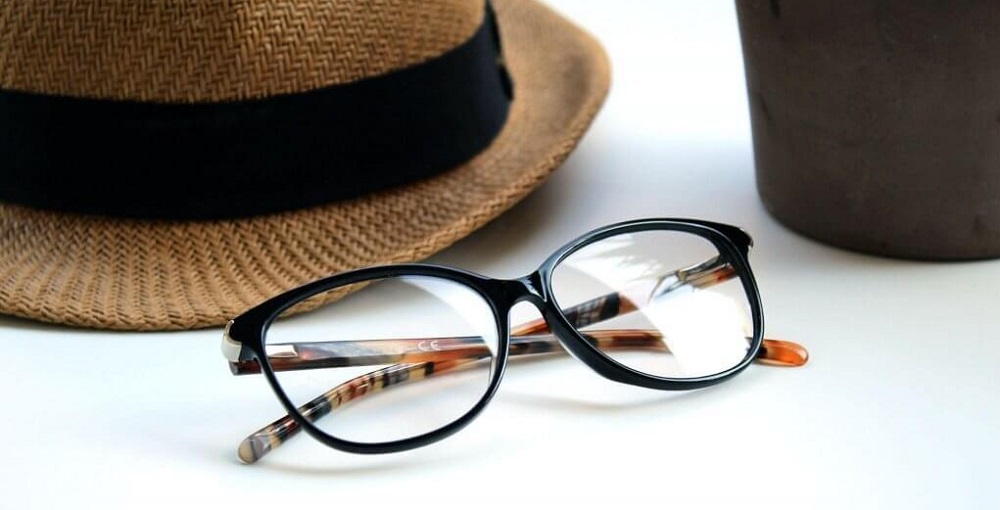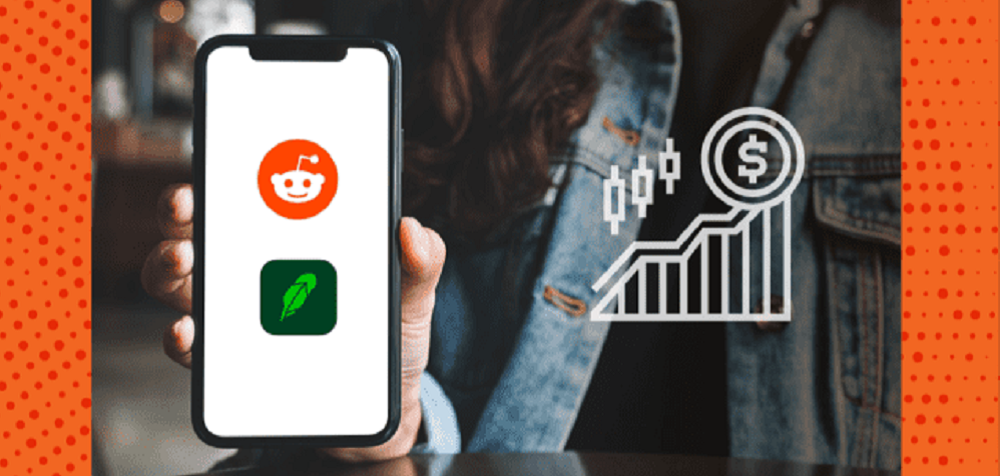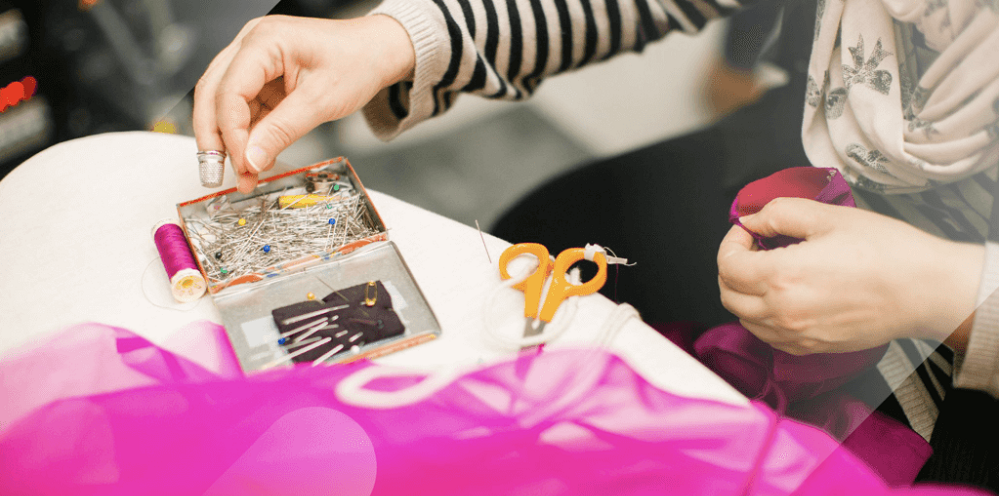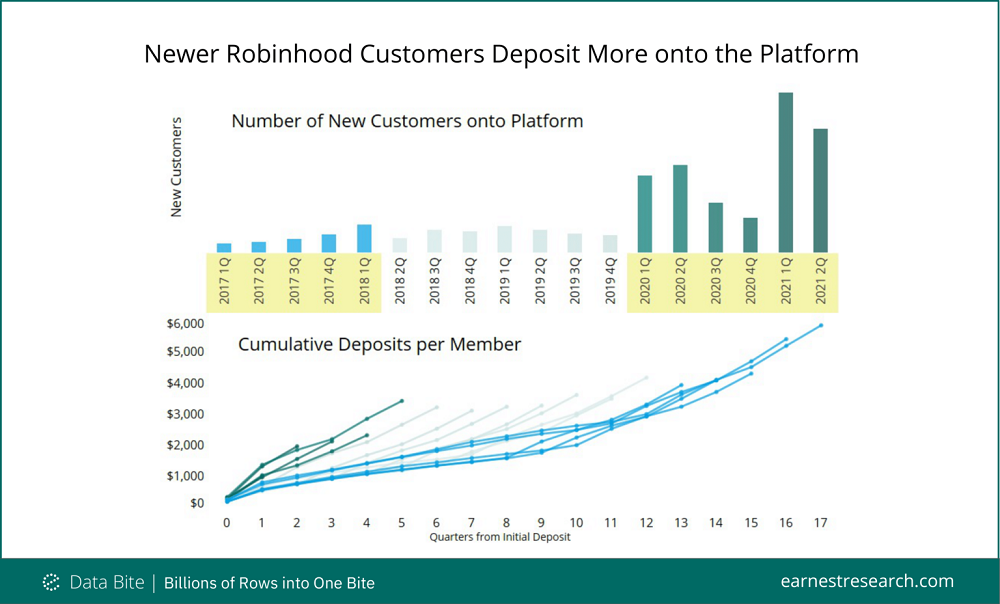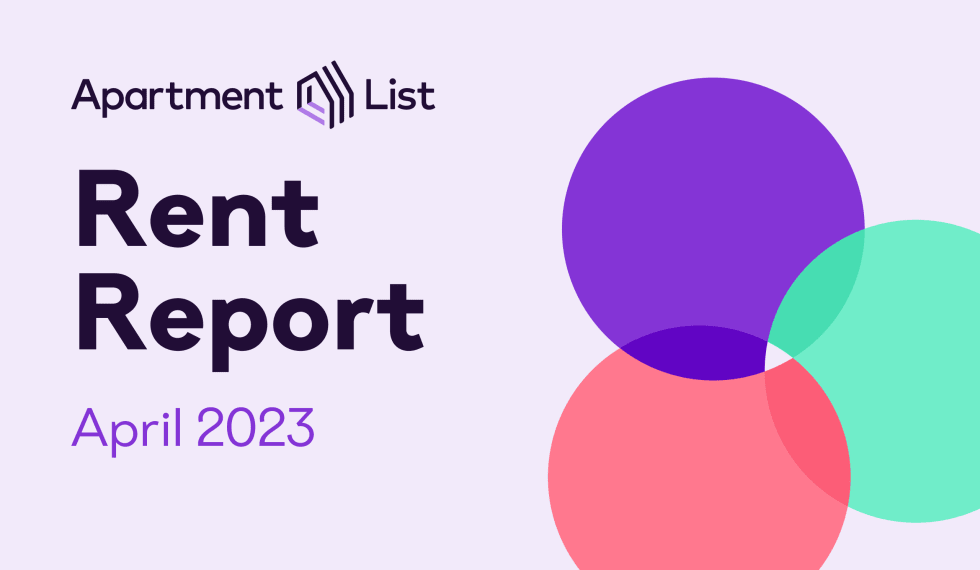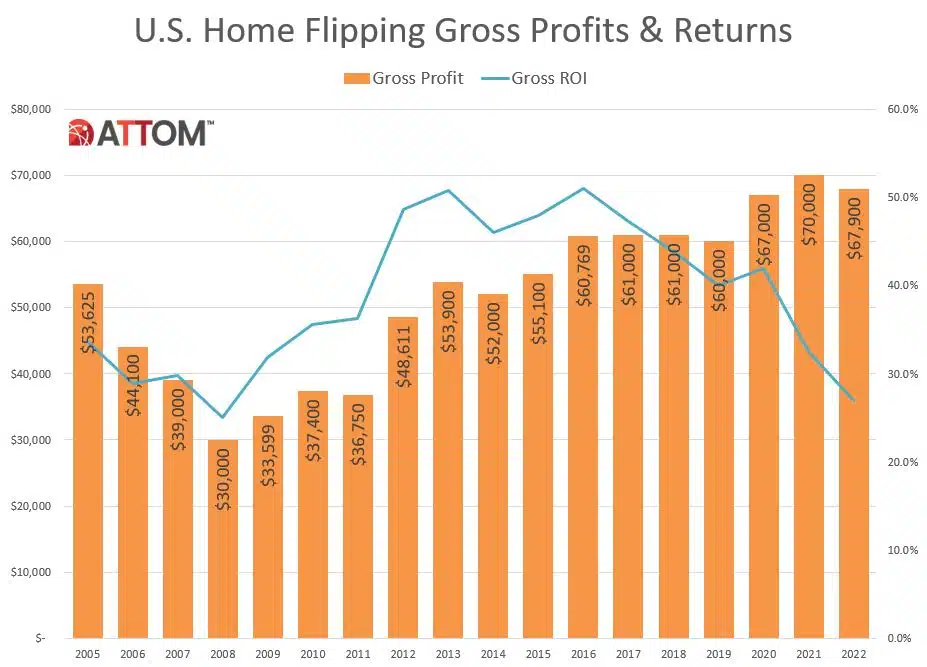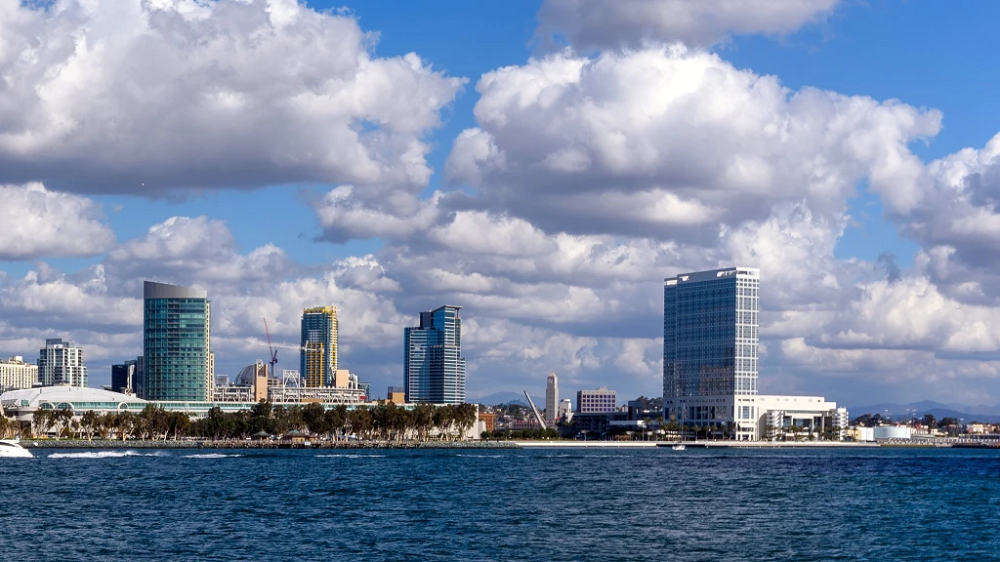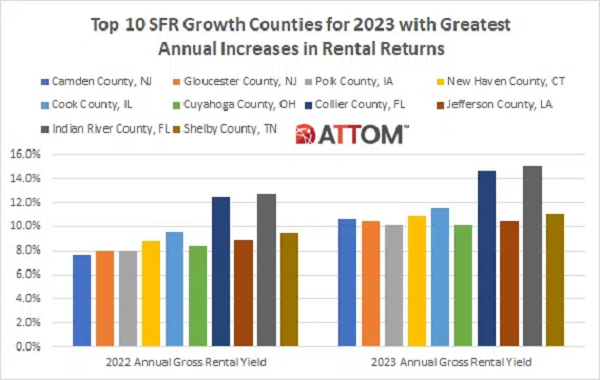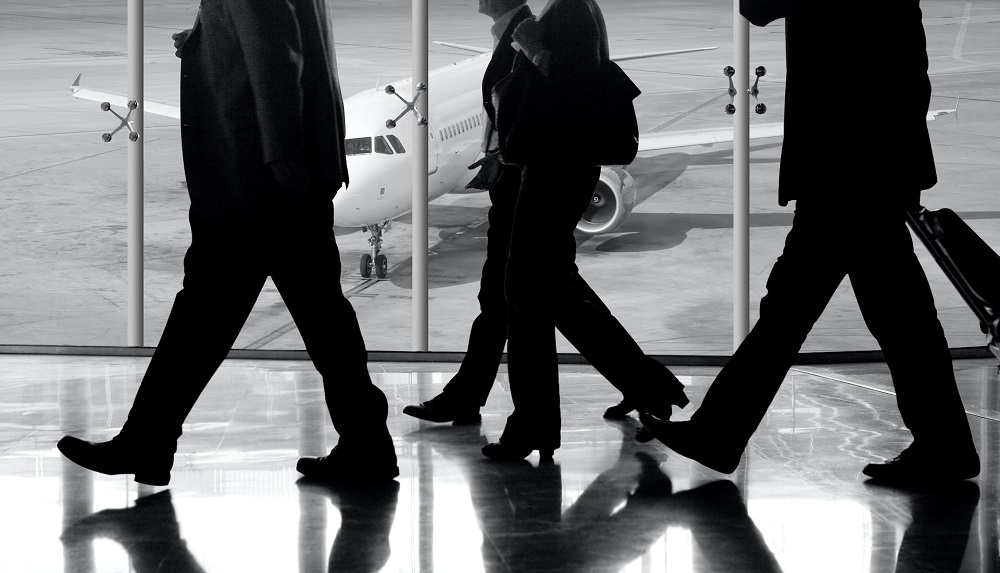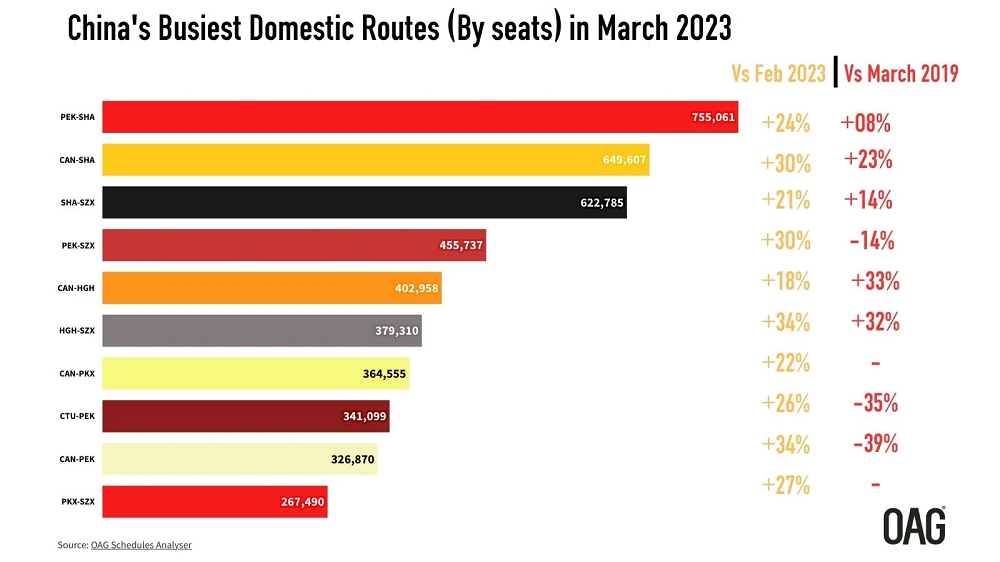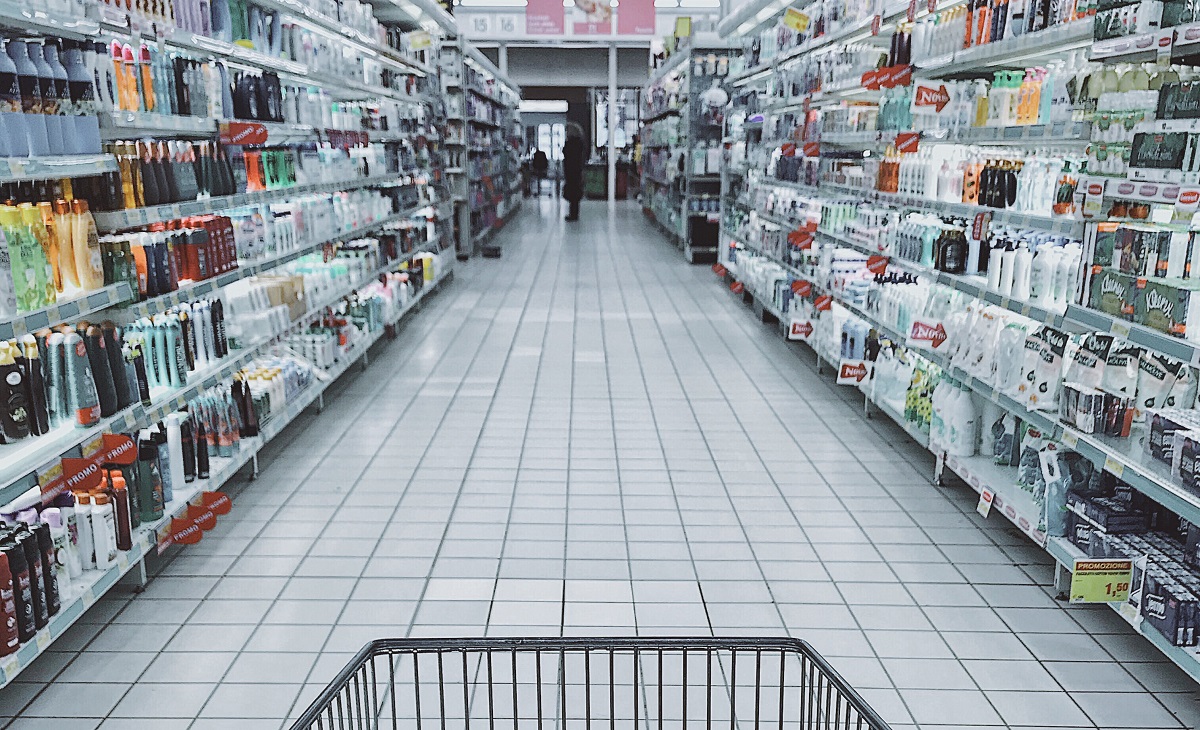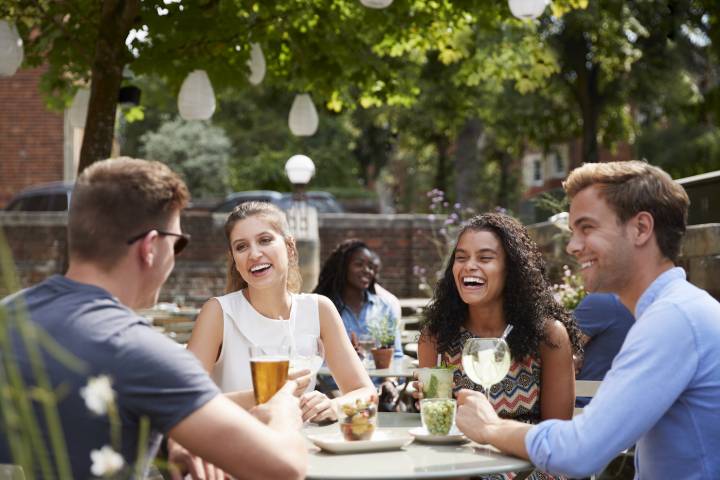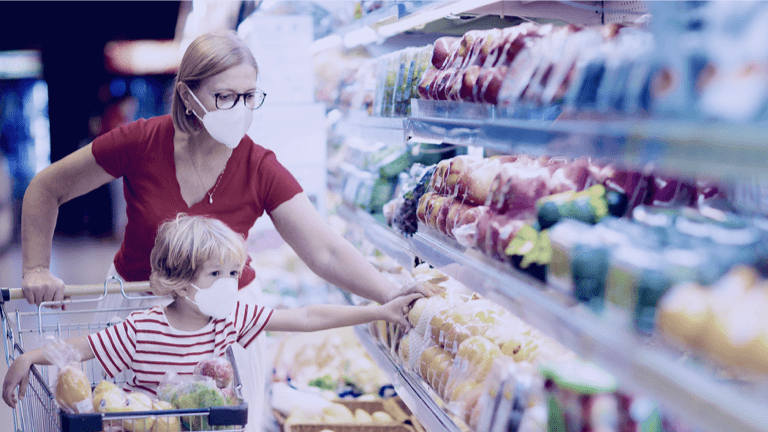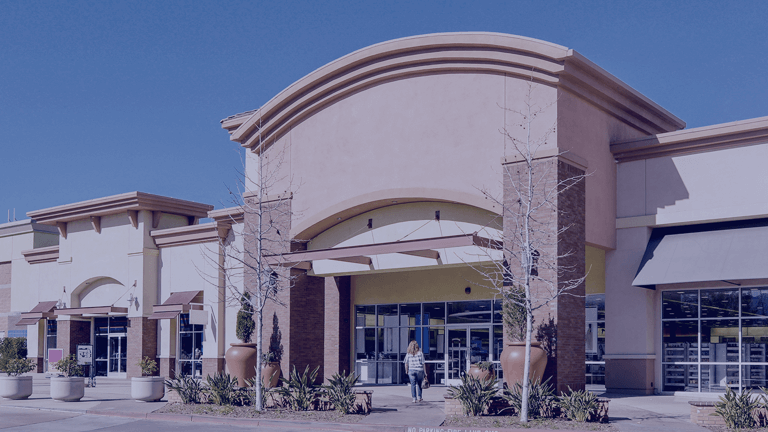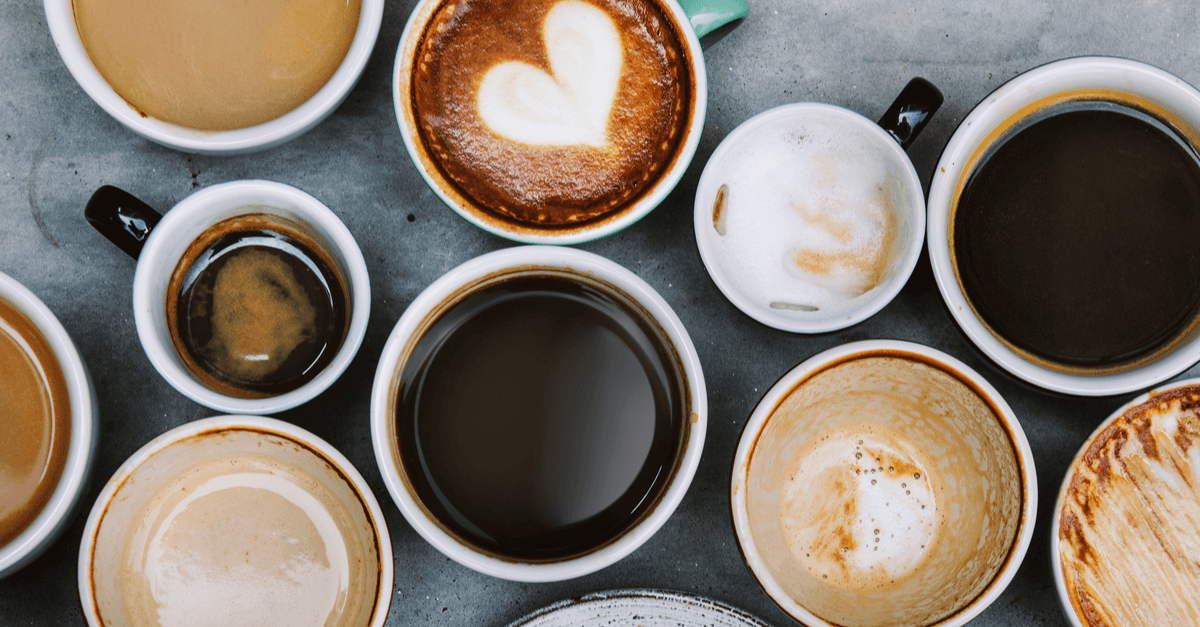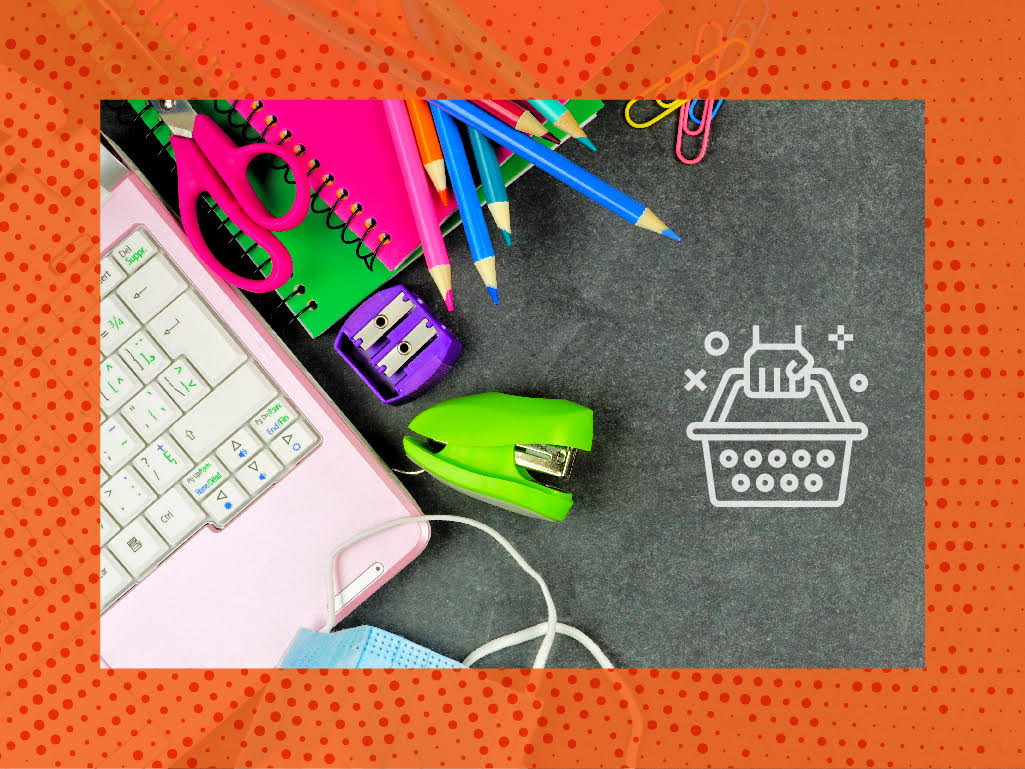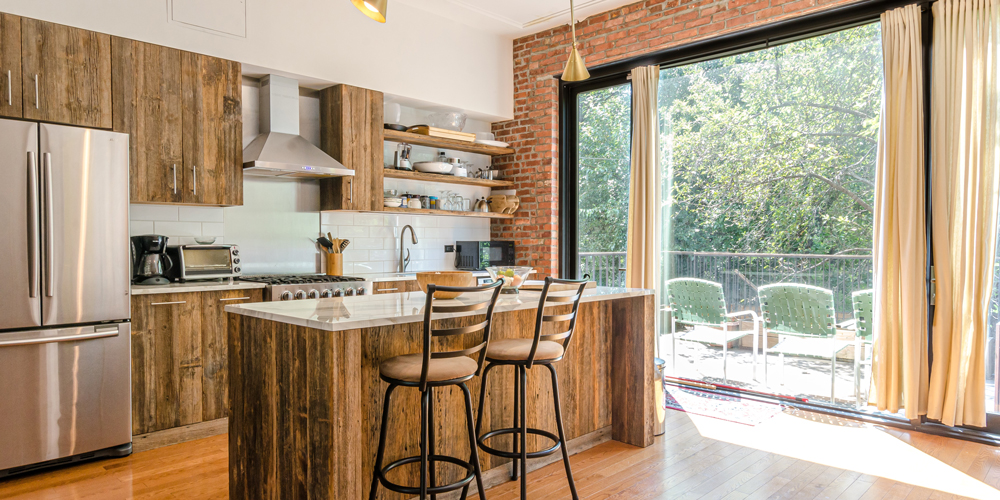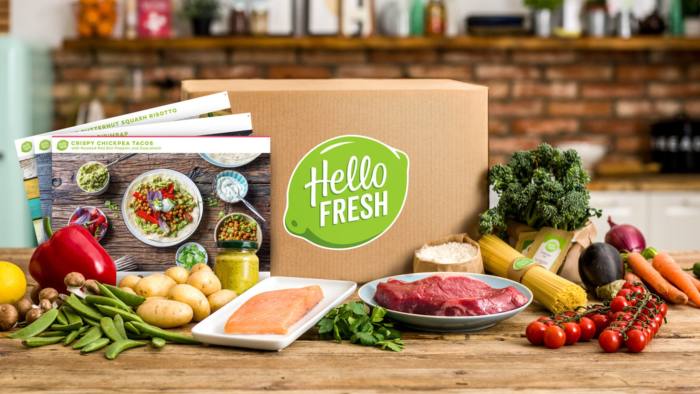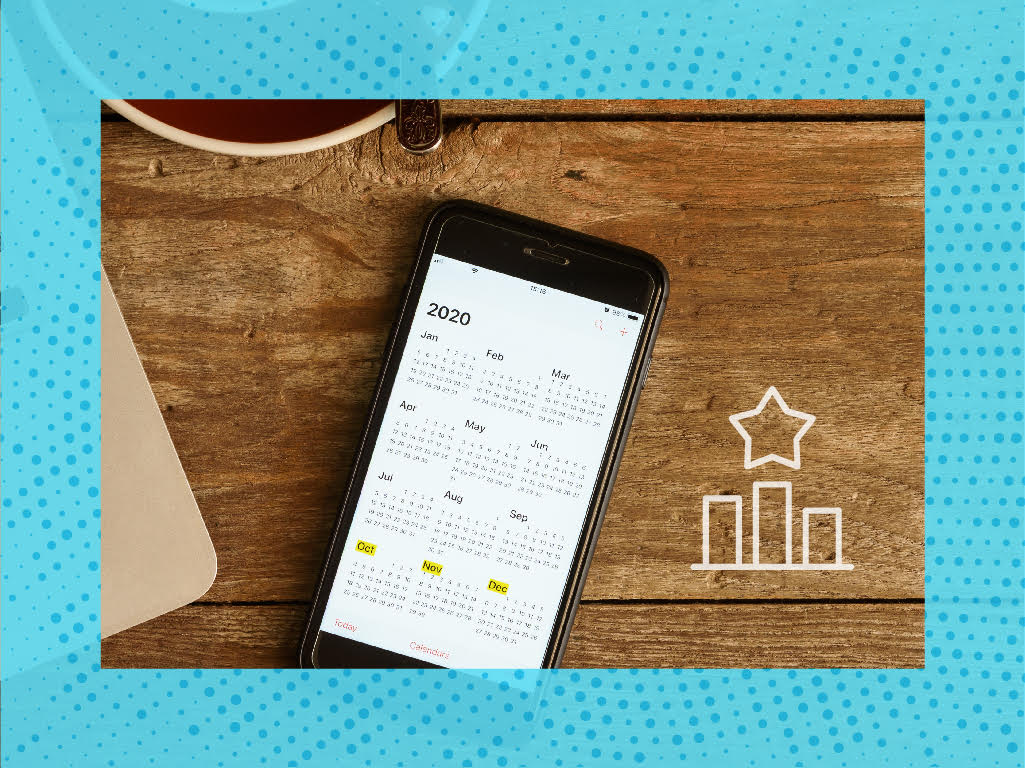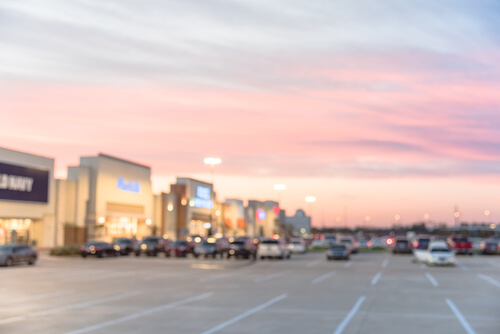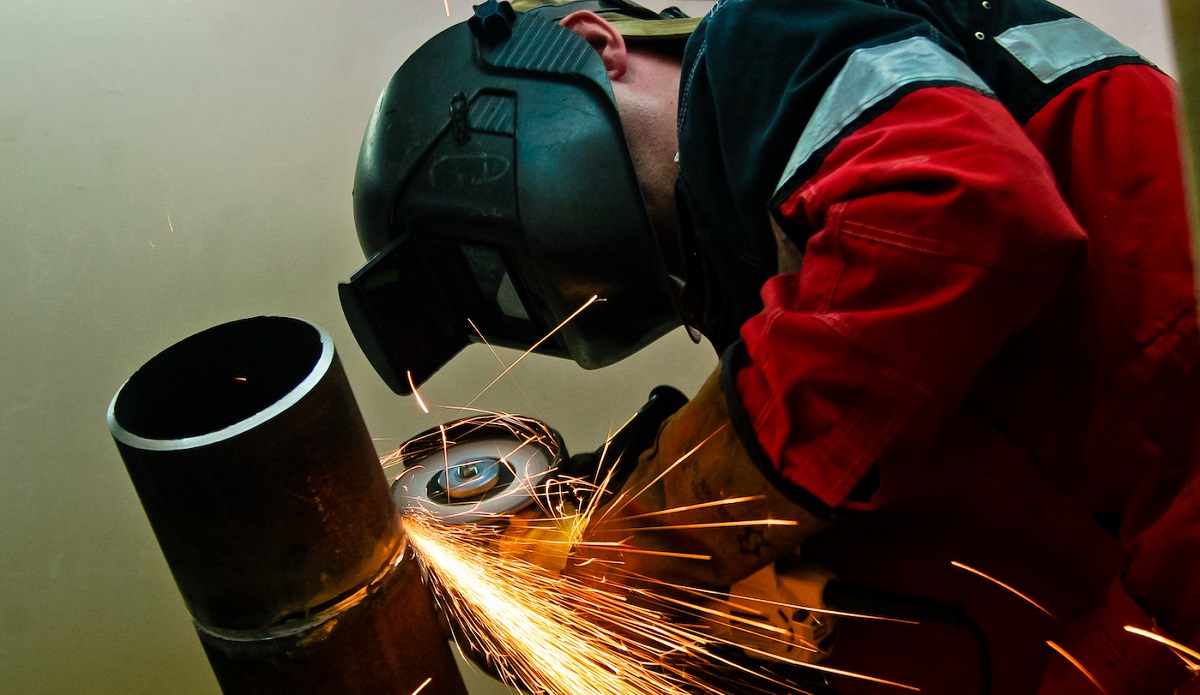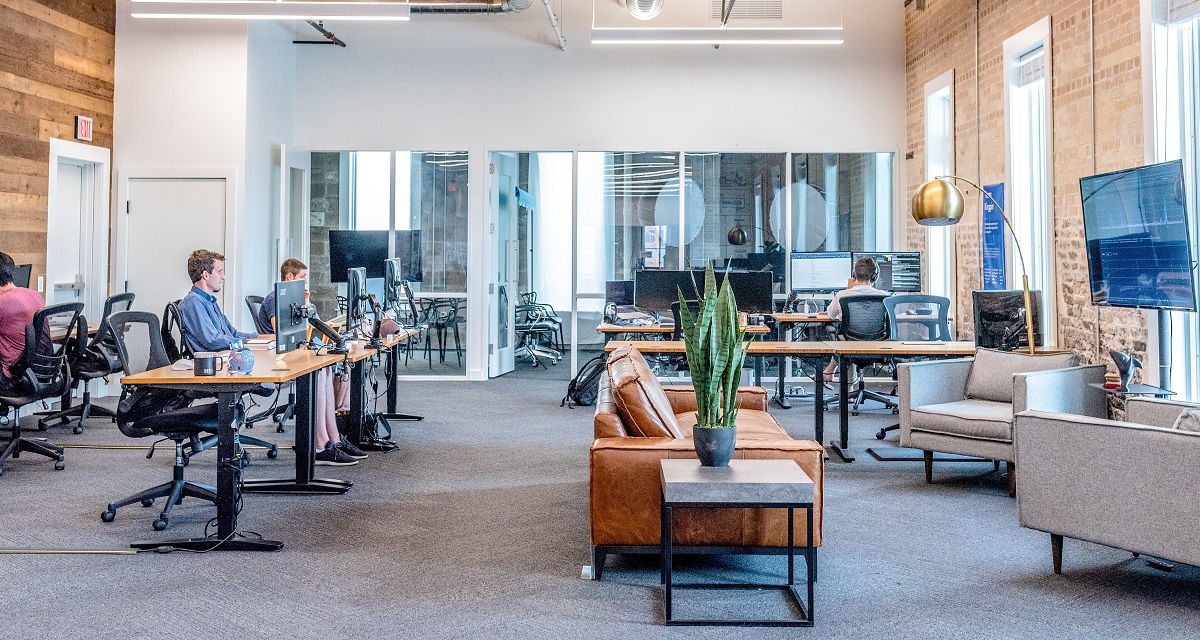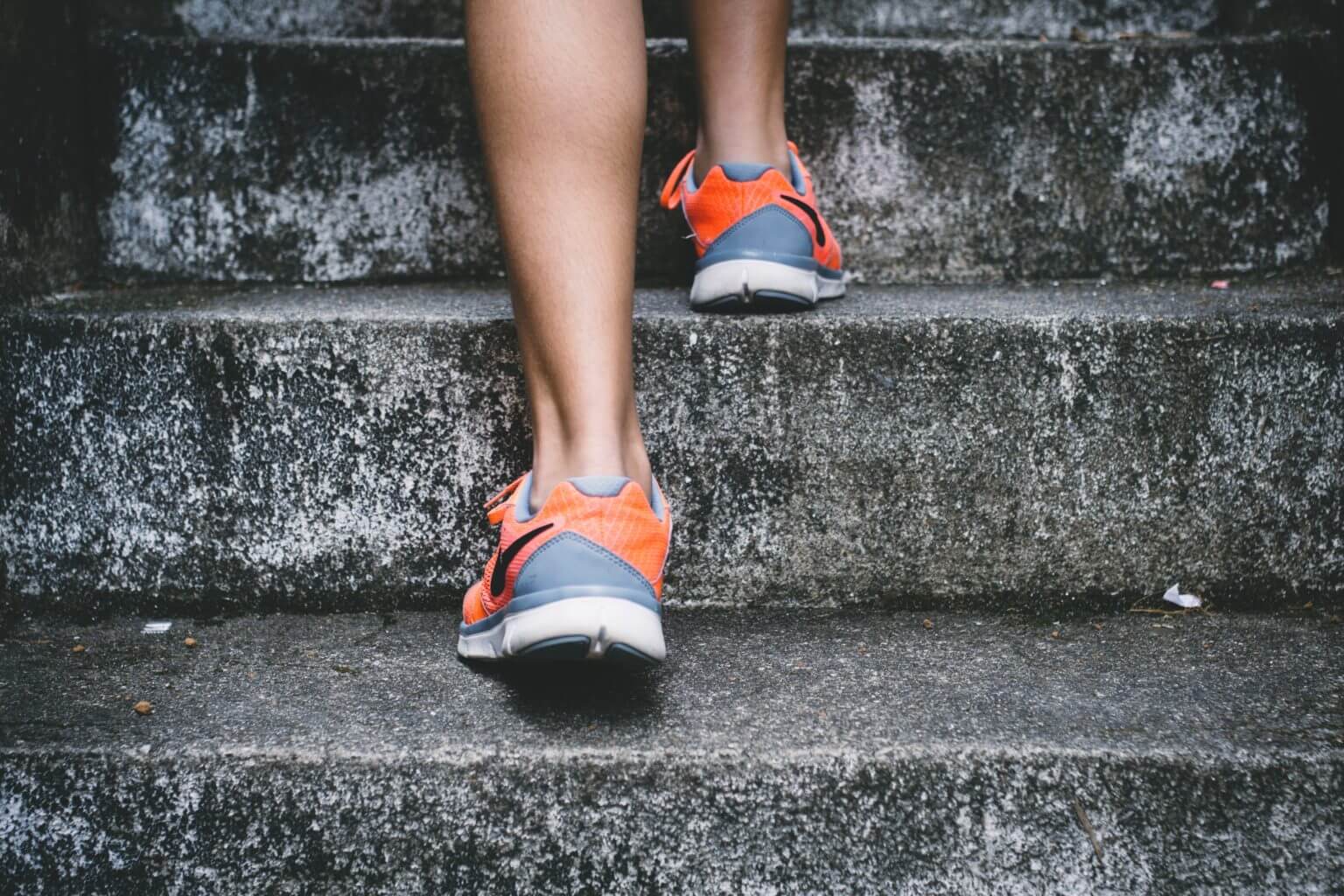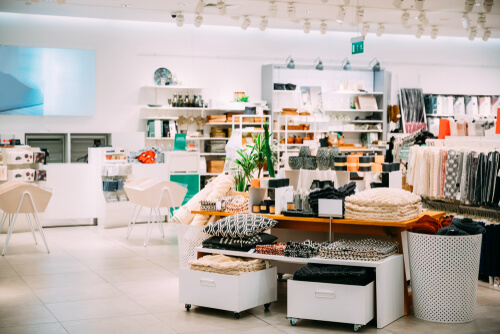In this Placer Bytes, we talk about Macy’s move outdoors, Bed Bath & Beyond’s optimization efforts, and the return of the movies. Macy’s is going to test a new format, shifting away from the traditional indoor mall and focusing more on outdoor centers. And while this is a concept many have been discussing, it only takes a quick comparison to department rival Kohl’s to understand why.
Coronavirus metrics across most of the US continue to head in the right direction. We’re starting to see some upticks in traffic; most categories are slightly up. Though, not quite dramatically enough to coin a new phrase to follow the Summer Slump. Let’s see what happens next week. Interestingly, we’re seeing a jump in the tourism segment. Visits to airports, hotels, and outdoor areas are up significantly vs. a year prior.
Much needed stimulus for the UK’s restaurants industry resulted in value able gains throughout August as Chancellor Riki Sunak’s Eat-Out-to-Help-Out campaign led visits back to 85% of 2019 levels. In the fortnight since that support was withdrawn however, visits to the nation’s eateries appears to be wavering according to new data from the Huq Index for Restaurants & Pubs released today.
When we last looked at grocery shopping behavior, we noted a few key changes. Visits were shifting from weekends to weekdays and from evenings to mornings. And seemingly, these shifts were driving more time in store, along with a significant shift in visit duration for top brands. But now with the recovery in full swing, we decided to check back in on key behavioral patterns in grocery to see which trends have had staying power and which have returned to “normalcy”.
It was hardly the golden age for department stores before the rise of COVID-19, but the pandemic raised significant questions regarding the future of these stores. So we took a look at two of the most popular department stores across four different states, Kohl’s and Macy’s, to see how both of their nationwide and state recoveries were going.
Everything in retail has been turned upside down in 2020, so it’s exciting to see something continue as normal. Obviously, we’re talking about the unique power of Starbucks to leverage the calendar to its fullest advantage. And while even this success requires COVID-era context, it still emphasizes a strategic approach that will guide the success, or lack thereof, for many retailers in the coming months.
In this Placer Bytes, we break down the sustained success of Kroger, the recoveries of Casey’s and GameStop, and analyze what Dave & Buster’s struggles mean for experiential. We’ve spoken ad nauseam about the strength traditional grocers have shown amid the pandemic and recovery. And have also dedicated a great deal of time to discussing the changes in customer visitation patterns.
Starting in March, schools started sending students home—and many aren’t going back this fall. This is creating a strange back-to-school season, putting stress on retailers. How have the changes impacted retailer advertising?
As expected, during the initial lockdown in March and April, customer spending on online bookings fell dramatically for Airbnb and the hotels studied (Marriott, Hilton, InterContinental). From April 27 to the beginning of June, spending climbed quickly for these companies. Airbnb rose the fastest with an average of 32% week-over-week growth.
The struggling meal kit industry has flourished in the COVID-19 era. Whereas industry sales had previously fallen 6 percent in July 2019, the industry has gained tailwinds a year later, growing an average of 105 percent in July 2020. As shelter-in-place orders left many Americans with extra time for home cooking, a closer look at meal kit companies operating in the U.S. reveals that not all companies benefited from the lockdown demand surge.
Fourth quarter is quickly approaching—meaning holiday advertising is gearing up. But this year’s final advertising push will be far from normal. We’re already seeing the release of the first ads fusing Christmas and the ongoing pandemic. Frito Lays leaned into pandemic-driven cultural changes with its Christmas spoof celebrating NFL kickoff.
In the last few weeks, there has been an endless amount of fascinating retail narratives, but there were three that really caught our attention. Nike was shutting down more of its wholesale accounts, department stores got headlines for less than positive reasons, and Walmart crushed earnings by making more out of less.
Without trade shows in 2020, B2B marketers were forced to quickly reallocate their event budgets. Did marketers shift portions of their budget to digital ads? In short, yes. Using MediaRadar data, we analyzed the behaviors of the top twenty thousand event sponsors and exhibitors from 2019. The data makes it clear that COVID-19 impacted event sponsor advertising strategies—and in certain industries more than others.
It’s been a dramatic year for both discretionary and staple manufacturing across Europe with every sector seeing sharp drops in March and varying levels of recovery since. However, according to high-frequency geo-data, no sector has had more dramatic few months of highs and lows than Defence.
As the world strives to regain some normalcy, for many people, a gradual lifting of lockdowns means a return to offices. For more than a century, workers have endured the daily commute to offices and toiled away their hours in a designated workplace.
Any other year, most of us would have spent the Summer with friends and family enjoying the great outdoors. This year, however, the pandemic has kept many of us isolated in our homes, staring at our screens, as the days and seasons roll on--and all seem to just blend together. How have these shifts translated to advertiser behavior on Instagram?
In this Placer Bytes, we dive into the recoveries of Lululemon, Macy’s, and Nordstrom to check on the status of some of apparel’s biggest brands. Heading into 2020, Lululemon was the darling of offline apparel and with good reason. Visits in January and February were up 17.1% and 24.8% respectively, continuing a trend of massive growth. Yet, the pandemic posed more than just a short term threat to the brand.
In March 2020, the travel industry came to a near standstill. Trains, planes, and automobiles all saw a steep decline in consumer engagement as the vast majority of personal and corporate travel plans were scuttled. The lodging industry was also in a quagmire, with consumer spending on hotels and vacation rentals experiencing steep declines during the first weeks and months of the COVID-19 pandemic.
The economic repercussions brought on by the pandemic caused some industries to soar this year, while others experienced major losses. Using MediaRadar data, we dive into the ad spending of various consumer industries in a two-part series. First, we will analyze the industries that slashed their ad spending, and have yet to recover. Next week, we will share the categories that significantly increased ad spending.
In this Placer Bytes, we dive into At Home and the surging home goods sector and break down Michaels’s recovery. Just as the home improvement sector has seen a powerful surge in visits even as its normal seasonal peak passed, the home goods sector looks to be picking up steam. At Home was up year over year in May, June and July with visits rising 4.8%, 34.1%, and 20.6% year over year respectively.
